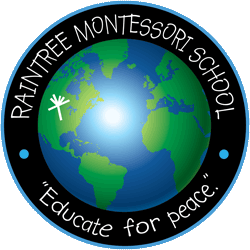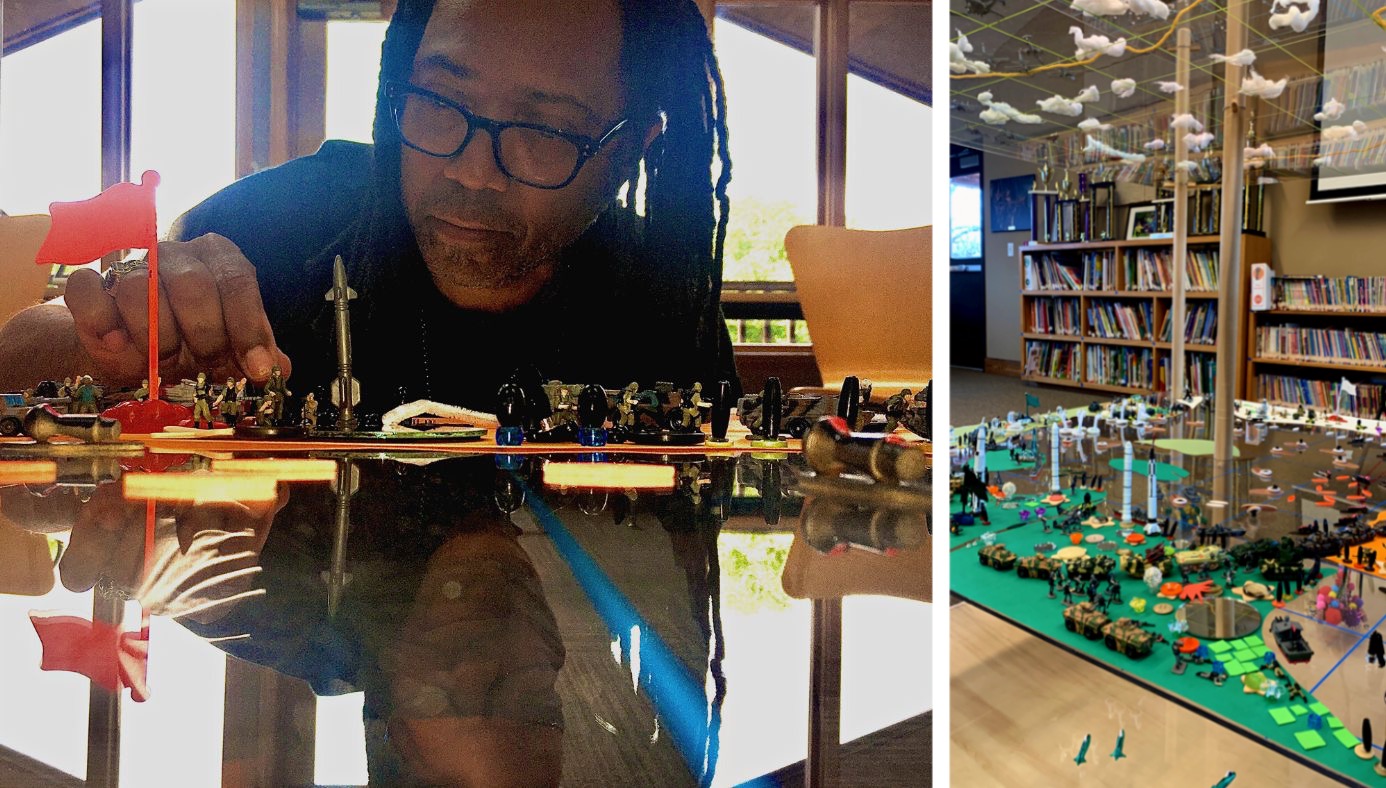Being the parent of a Montessori child takes a leap of faith. Most of us, and this includes Montessori teachers, were educated in traditional classrooms. When we started our elementary program, we thought, “We have to test these kids. We can’t be having this much fun, and the kids are learning, too,” so we invested in a norm-referenced assessment, the Kaufman, testing the students at the end of third grade, and then again at sixth. But the tests didn’t tell us anything we didn’t already know. Sure, the tests gave us grade level/age equivalencies and percentile ranks, comparing the student against national norms, and yes, they confirmed what we found in our weekly conferences with the students that there were some areas that were easy for them, others which required more effort, but when compared to national norms, students’ scores were many grade levels higher than the norm in their favorite subject areas, and at or a couple of grade levels ahead in those less favorite. Some tested at 12th grade, 9th month in all subjects when they were in the third year of elementary! I told their parents to stop paying us tuition and send their child directly to college, jokingly, of course, because a test is a snapshot. Only a snapshot.
But why did they do so well? Some students are just great test takers. Others have great DNA, and Montessori kids get a great start in toddler and primary, way ahead there, but academic ability takes one only so far. What those tests don’t reveal is emotional intelligence, how a student feels about himself or treats other people. Tests tells us something about their acadmic gifts, but not their sense of social justice, concern for others, and nothing about perseverance, grit, and determination, you know, the stuff that one needs to get along in this world. No standardized test will do that. So we stopped. Cold turkey. But not just because it seemed a hallow exercise, but because we were changing how we were teaching.
I hate to admit this, but knowing the tests would be administered in the spring semester, we began “preparing” earlier and earlier, giving more lessons in math and language, the two subjects of the test’s focus. Did we want to focus on doing better and better on those tests, or should we stop testing and stay true to Montessori, focusing on the “development of the complete human being,” as our mission statement states? We opted for the latter. And we’ve never looked back, as they say, and instead we conference at the minimum once a week with each student. This allows us to address academics, social issues, work ethic, and quality of work, and the fact a students stays with the teacher for three years means we really get to know the child. And the Montessori “curriculum” ? It is a high school curriculum distilled to its essence. There is nothing like it. Some assume that since they see children making work choices, collaborating and writing about stuff that interests them, it is a laizze-faire system. It is not. There is a plan, a very detailed plan, that goes way beyond Common Core. Colleagues in Montessori have mapped the continuum and done the comparison, and Montessori wins hands down.
The thing that drives us crazy is that almost everyday some “new” research study comes out that validates Montessori’s work, but her name is never mentioned. Here are just a few recent findings that has “Montessori” written all over them!
- Handwriting is stimulates the brain to retain information. Print is good, but cursive is better.
- Human beings learn better when they study stuff that interests them.
- Elementary students work better collaboratively than in isolation.
- Human beings learn from each other so mixing ages helps stimulate learning.
- Project-based learning stimulates kids to want to learn more and stay focused.
- Human beings absorb information if they can move around and use their hands.
- Kids learn better when they can work with real things and solve real problems.
Schools have always reflected the tenor of the times, and human beings are fascinated with new things and shiny objects. In the Industrial Age, the shiny object was mass-production so we began educating children the same way we built Henry Ford’s Model Ts—on an assembly line. Schools began to resemble factories with children compartmentalized into one-year age groups with specific educational concepts taught each year, and the result, the demise of the one-room schoolhouse. Now we are in the Digital Age, and technology is transforming schools again. Humans have been replaced by iPads, computers, smart boards and more. There is a children’s book about this topic called The Wretched Stone by Chris Van Ahlsberg who wrote Jumanji and The Polar Express. He was writing about television at the time, but since he penned the book in 1991, the number of shiny objects have grown exponentially, and the glare is blinding.
“Thanks for that amazing worksheet.”
—No Student Ever
“Educating the mind without educating the heart is no education at all.”
— Aristotle







